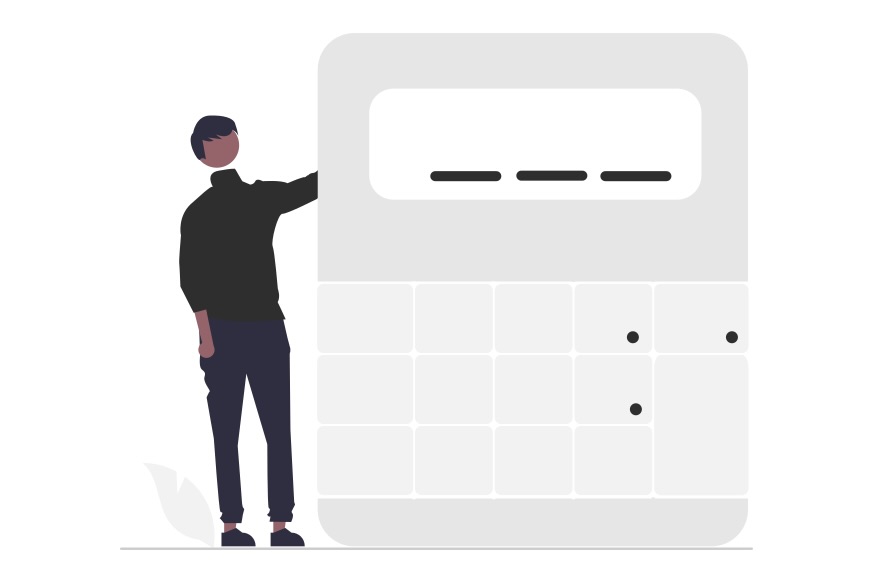3 December 2021

Packaging has long been upheld as a way to get products from A to B safely, to be a tangible marketing platform for brands and to also have an impact on consumer consumption. With the new fashion of sustainable packaging being taken up by highstreet brands, competitors are having to decide whether this is a move that is effective for the bottom line of their business. So is it?
Manufacturers spend approximately $150 billion per year on product packaging, (around 7-10 cents of every $1 that goes into a product). And with the new consumer call for sustainable materials – it’s just going to get more pricey. However, according to 90% of brand owners, packaging is necessary for their business to be successful and according to Cision, the key areas of consumer trends in packaging are:
So where does this leave your business? Well, you cannot deny the importance of packaging for your product. While the bottom line of your business will feel the sting of a more eco-concious shell for your product in-line with consumer demands; it will also feel the benefit of aesthetically, ethical designs that showcase your product and your brand.
Packaging is also very divisive, which materials you use and what you put on your packaging makes a huge impact on the consumer you are attracting before they have even sampled the product you are selling. 57% of consumers are willing to change their buying habits to reduce their carbon footprint – and 35% of the 70% of ‘purpose-driven’ consumers are willing to pay more for sustainable options. This gives your business the opportunity to try different material options for your packaging.
Being issue-aware is something that all companies are now aligning with, they communicate their commitment to sustainability and ethical production which will have an impact on their sale-rate. Companies such as Marmite have upped their marketing on topics such as Veganism, sustainability and health to cater to the growing niche of young activists that are gradually becoming the mainstream consumer.
Not sure if the whole sustainable thing is for you? Worried about that bottom line? Why not join brands like Gillette who are trying this trend out to see if it is better.
Gillette has replaced some of it’s clamshell packaging with a more sustainable option for a $3 increase to consumers – the new packaging is made from bamboo, bulrush and sugarcane but it still features a plastic back. Many companies are merging virgin plastics with other options that are more sustainable such as marine plastics, or plant-based options such as bamboo. This is less expensive initially when buying the materials, (at the moment to buy purely sustainable options is more expensive due to lack of mainstream use and the cost it takes to source/manufacture with them) however because the packaging will not be 100% recyclable it is not always the most ethical option.
For more information on alternative materials see our blog post Top 5 Sustainable Materials. There are lots of choices out there for companies wanting to buy into the new sustainable packaging sector – from sourcing to manufacturing the possibilities are endless. But does it add value? Retail commerce in 2021 for the US is $4,891 billion – it’s predicted to reach $6,388 billion by 2024 and according to GreenBiz sustainable packaging increases customer loyalty and improves the bottom line of your business in the long-run.
Want to find out more about packaging and how it affects your business? Watch this space for our To Package Or Not To Package blog post coming out soon, where we’ll be talking about the differences between online and in-store packaging and the potential effects each have on your consumer.